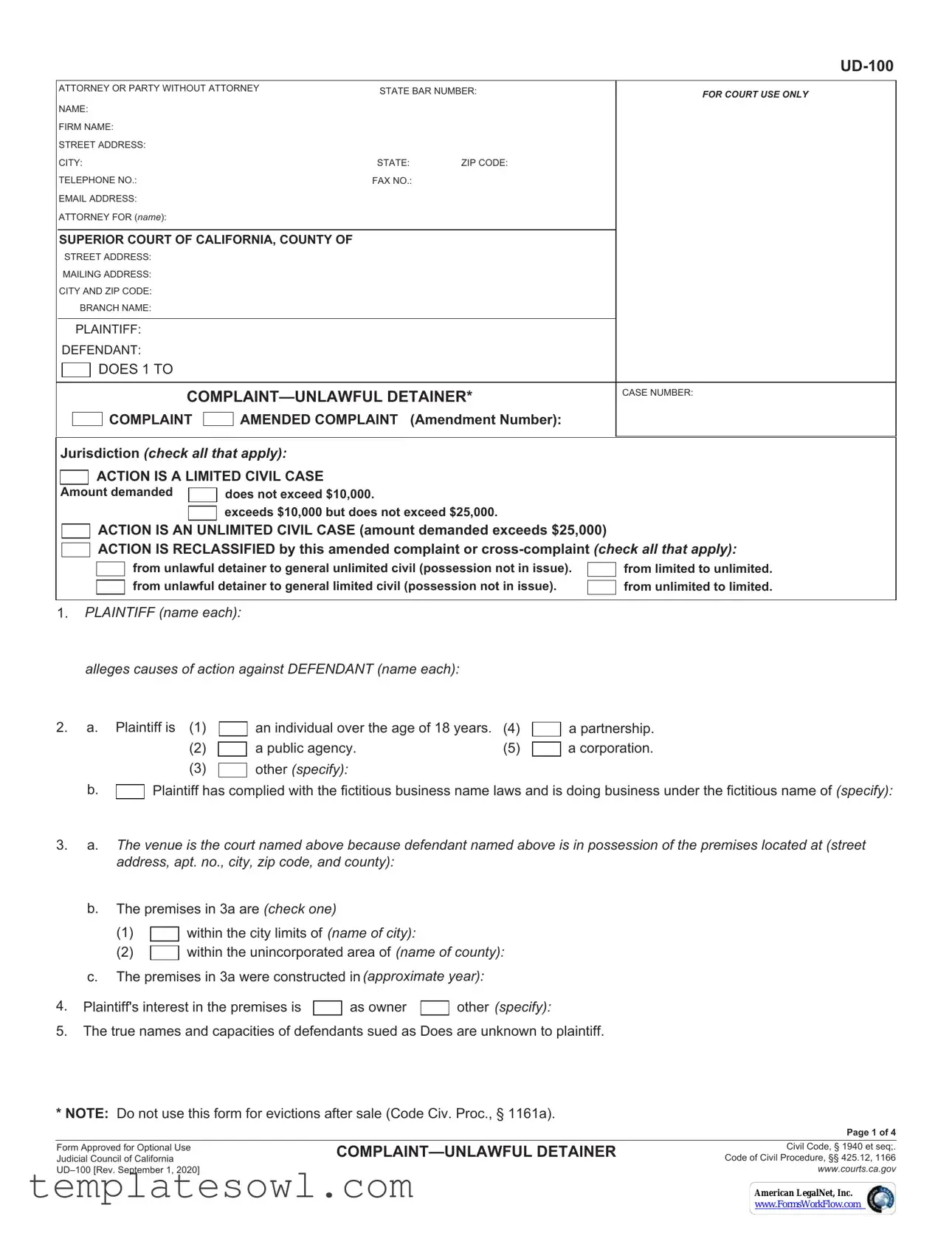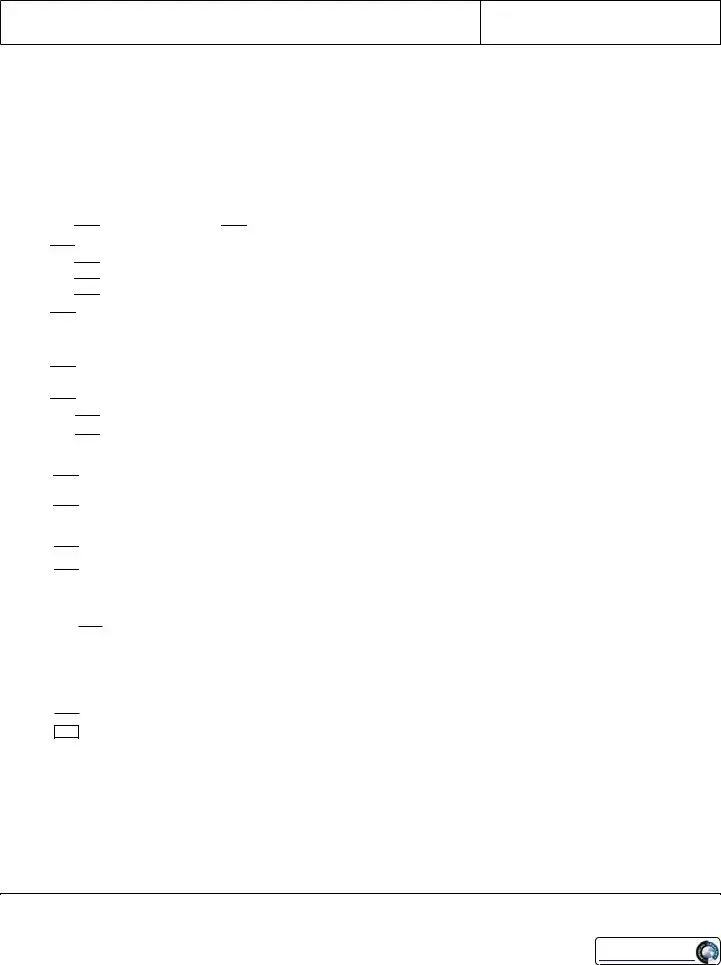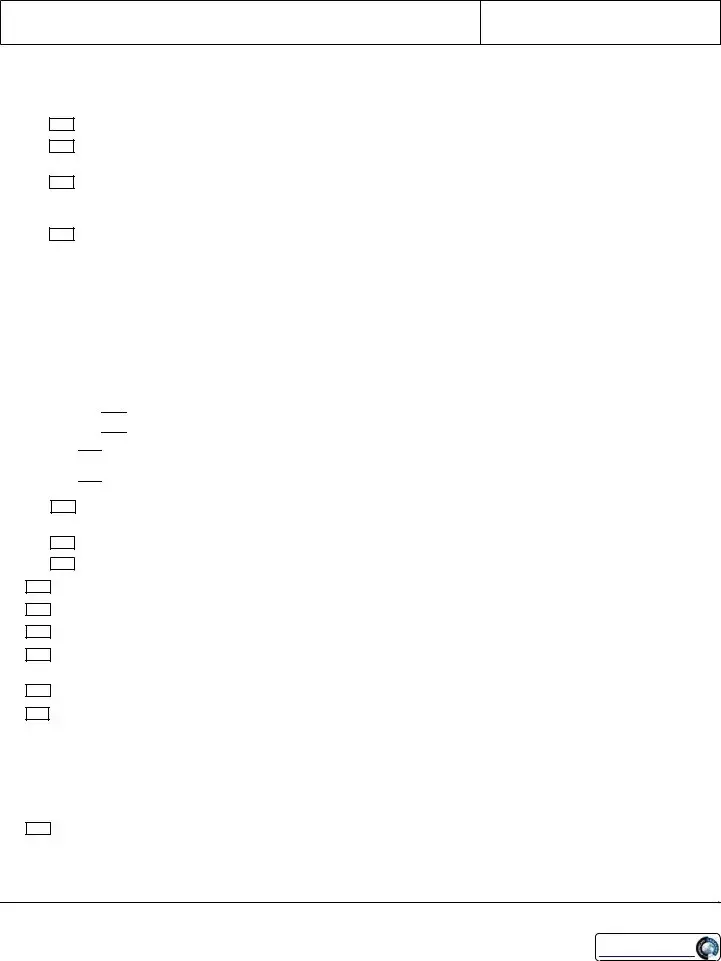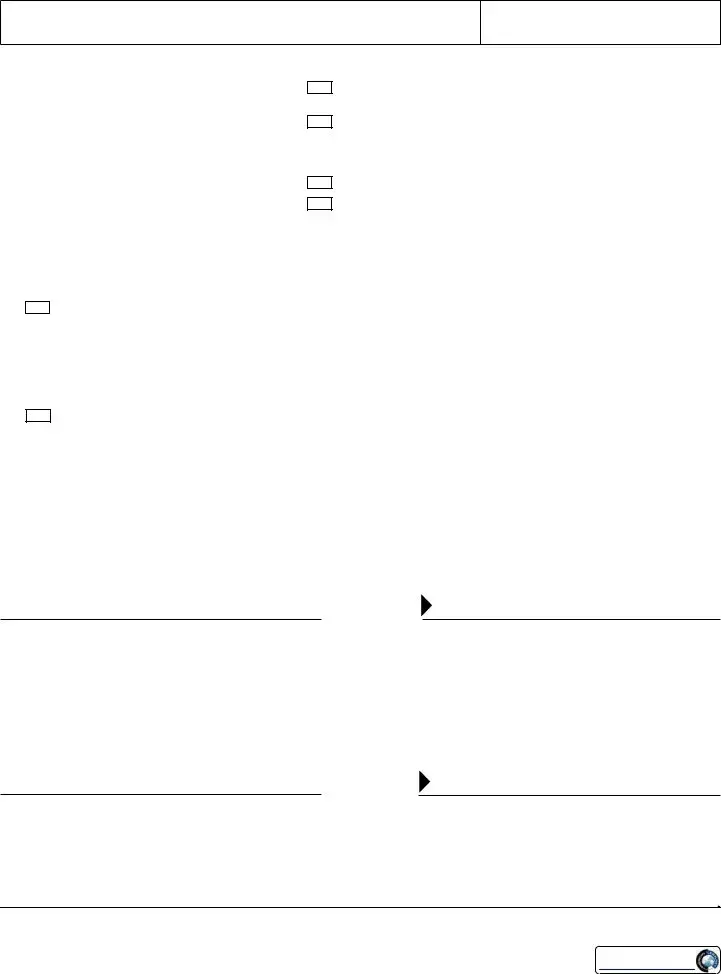What is the UD-100 form used for?
The UD-100 form is a legal document used in California's Superior Court for filing a complaint regarding unlawful detainer, which is essentially a request to evict a tenant. This form helps landlords formally state their case against a tenant for issues such as non-payment of rent or violating lease terms.
Who should fill out the UD-100 form?
The form should be filled out by the plaintiff, who is typically the landlord or property owner. If legal representation is involved, the attorney can complete the form on behalf of the landlord. It’s important that all relevant details about the parties involved and the rental agreement are accurately included.
What information is required on the UD-100 form?
The UD-100 form requires several key pieces of information including the names and contact details of both the plaintiff and the defendant, specifics about the rental property, details regarding the tenancy agreement, and any notices that were served relating to the violation. It's vital to provide all requested information to avoid delays in processing.
Is there a specific format for providing the amounts involved?
Yes, when specifying monetary amounts, such as the rent due or the total damages sought, always use numeric values to ensure clarity. For example, write "$1,000" instead of "one thousand dollars." This helps avoid any confusion during legal proceedings.
What happens after I submit the UD-100 form?
After submission, the court will review the form. If everything is in order, a case number will be assigned, and a hearing date will be set. The defendant must be served with notice of the complaint and the hearing date. It’s essential to follow all procedures for serving notice properly to avoid any dismissal of the case.
Can I use the UD-100 form for all types of evictions?
No, the UD-100 form cannot be used for evictions after a property sale. For such cases, refer to specific procedures under California law, as outlined in Code of Civil Procedure section 1161a. Ensure you’re using the correct form for your specific situation to prevent complications.
Are there fees associated with filing the UD-100 form?
Yes, there are typically filing fees associated with submitting the UD-100 form. Fees can vary based on the county and the type of case. It's wise to verify the amount with your local court or check the court's website for their fee schedule.
What should I do if I don’t know the defendants’ names?
If the true names and capacities of defendants are unknown, you can refer to them as "Does" in the complaint section. However, it’s crucial to be as specific as possible in the details provided, as this will help facilitate the legal process.
Can the UD-100 form be amended after submission?
Yes, you can amend the UD-100 form if necessary, but you will need to file an amended complaint with the court. Make sure to indicate this amendment on the form and follow court rules for filing amendments to ensure that the case progresses smoothly.



 Plaintiff has complied with the fictitious business name laws and is doing business under the fictitious name of
Plaintiff has complied with the fictitious business name laws and is doing business under the fictitious name of  within the city limits of
within the city limits of  within the unincorporated area of
within the unincorporated area of 
 plaintiff's agent. (4)
plaintiff's agent. (4)  Other
Other 
 The defendants not named in item 6a are
The defendants not named in item 6a are subtenants.
subtenants. assignees.
assignees.

 The agreement was later changed as follows
The agreement was later changed as follows 
 A copy of the written agreement, including any addenda or attachments that form the basis of this complaint, is attached and labeled Exhibit 1.
A copy of the written agreement, including any addenda or attachments that form the basis of this complaint, is attached and labeled Exhibit 1. 

 the written agreement is not in the possession of the landlord or the landlord's employees or agents.
the written agreement is not in the possession of the landlord or the landlord's employees or agents. this action is solely for nonpayment of rent (Code Civ. Proc., § 1161(2)).
this action is solely for nonpayment of rent (Code Civ. Proc., § 1161(2)).
 is
is 
 is subject to the Tenant Protection Act of 2019.
is subject to the Tenant Protection Act of 2019.
 The tenancy was terminated for
The tenancy was terminated for 
 The tenancy was terminated for
The tenancy was terminated for 
 provided a direct payment of one month's rent under section 1946.2(d)(3), equaling $ to
provided a direct payment of one month's rent under section 1946.2(d)(3), equaling $ to  Because defendant failed to vacate, plaintiff is seeking to recover the total amount in 8b as damages in this action.
Because defendant failed to vacate, plaintiff is seeking to recover the total amount in 8b as damages in this action.

 because defendant's residence and usual place of business cannot be ascertained OR
because defendant's residence and usual place of business cannot be ascertained OR
 because no person of suitable age or discretion can be found there.
because no person of suitable age or discretion can be found there.
 (Not for
(Not for 
 (Not for residential tenancies; see Civil Code, § 1953, before using)
(Not for residential tenancies; see Civil Code, § 1953, before using) 